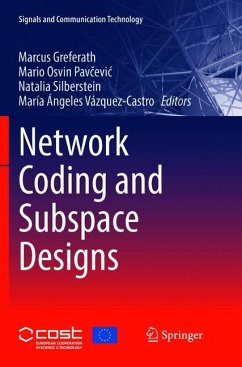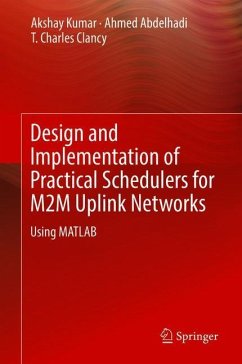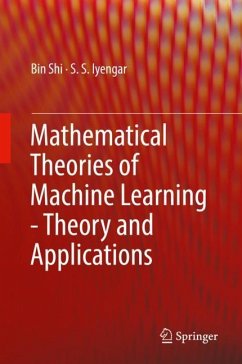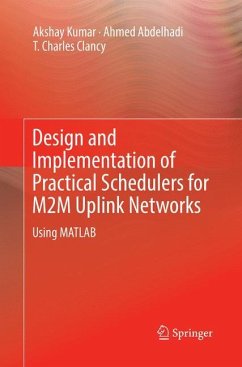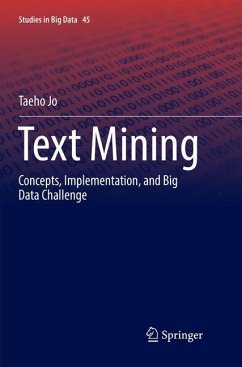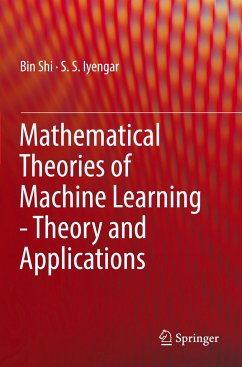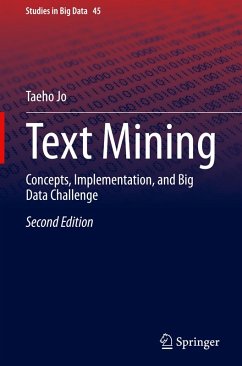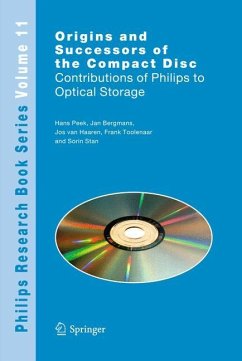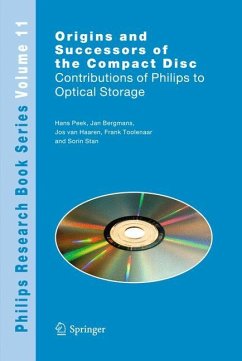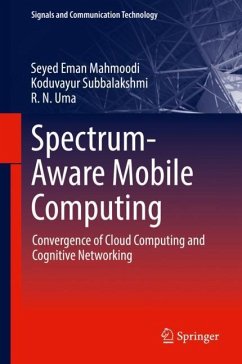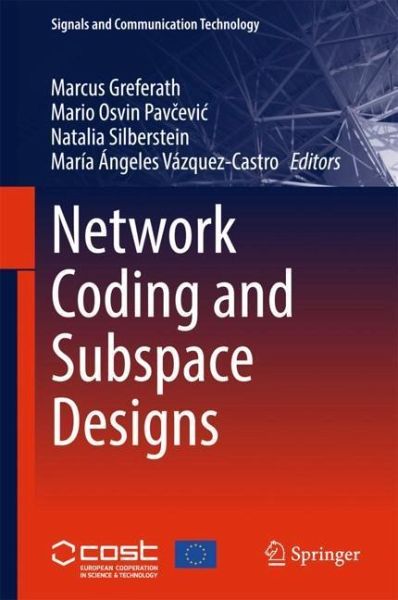
Network Coding and Subspace Designs

PAYBACK Punkte
38 °P sammeln!
This book, written by experts from universities and major research laboratories, addresses the hot topic of network coding, a powerful scheme for information transmission in networks that yields near-optimal throughput. It introduces readers to this striking new approach to network coding, in which the network is not simply viewed as a mechanism for delivering packets, but rather an algebraic structure named the subspace, which these packets span. This leads to a new kind of coding theory, employing what are called subspace codes. The book presents selected, highly relevant advanced research o...
This book, written by experts from universities and major research laboratories, addresses the hot topic of network coding, a powerful scheme for information transmission in networks that yields near-optimal throughput. It introduces readers to this striking new approach to network coding, in which the network is not simply viewed as a mechanism for delivering packets, but rather an algebraic structure named the subspace, which these packets span. This leads to a new kind of coding theory, employing what are called subspace codes. The book presents selected, highly relevant advanced research output on: Subspace Codes and Rank Metric Codes; Finite Geometries and Subspace Designs; Application of Network Coding; Codes for Distributed Storage Systems. The outcomes reflect research conducted within the framework of the European COST Action IC1104: Random Network Coding and Designs over GF(q) . Taken together, they offer communications engineers, R&D engineers, researchers and graduatestudents in Mathematics, Computer Science, and Electrical Engineering a comprehensive reference guide to the construction of optimal network codes, as well as efficient encoding and decoding schemes for a given network code.





